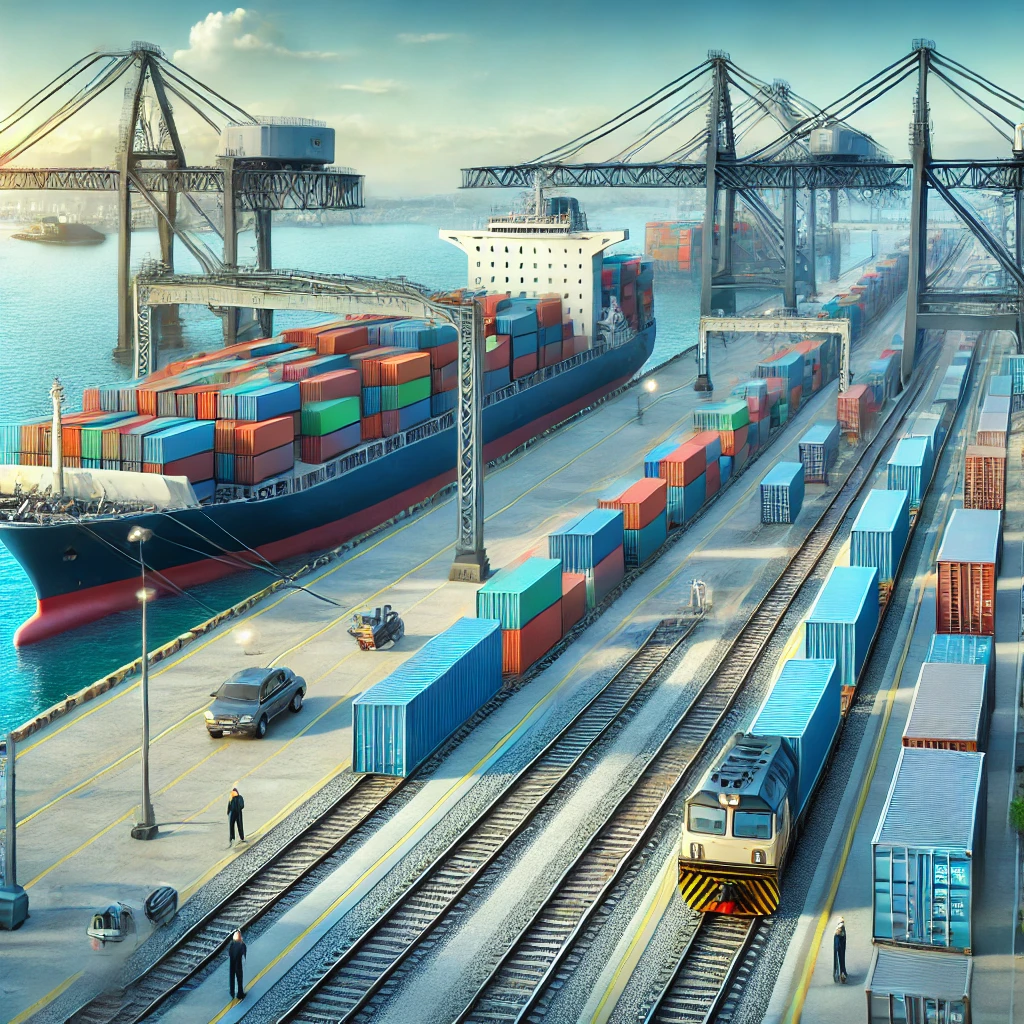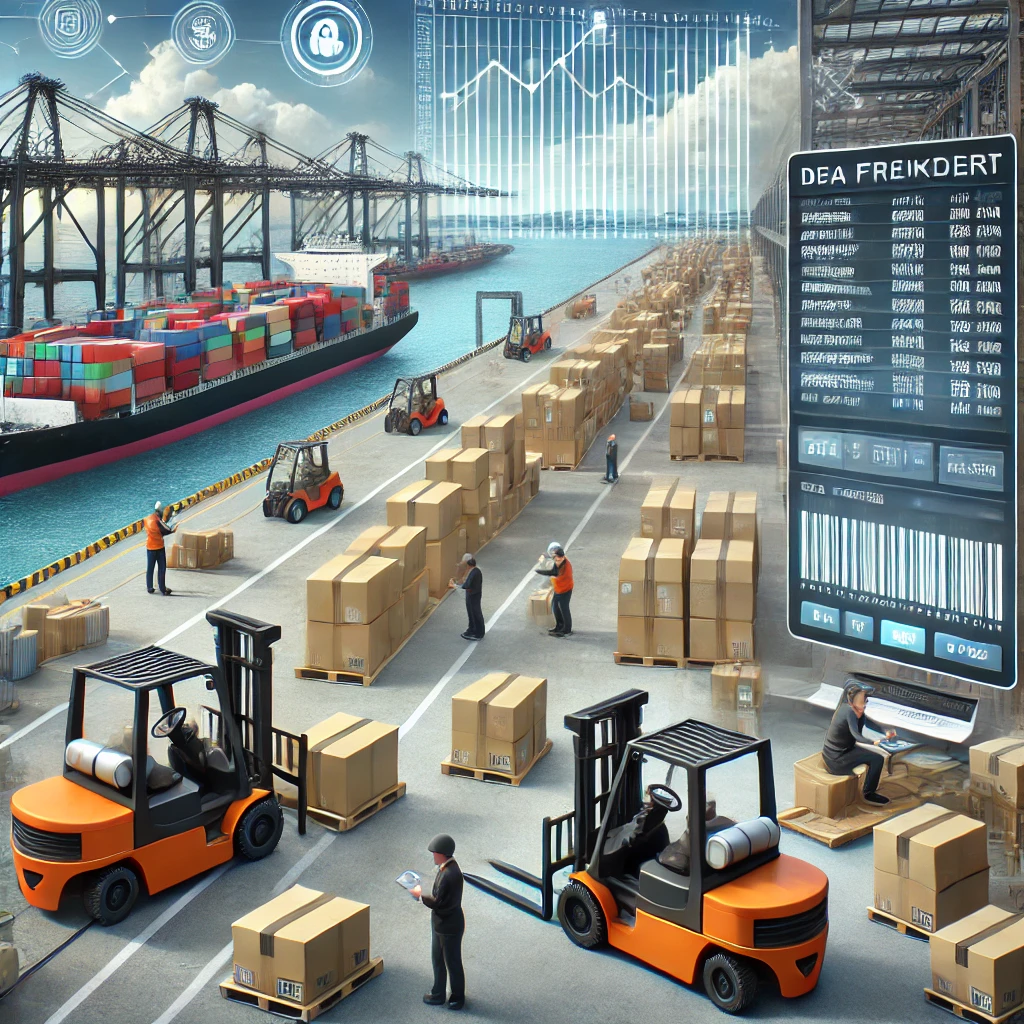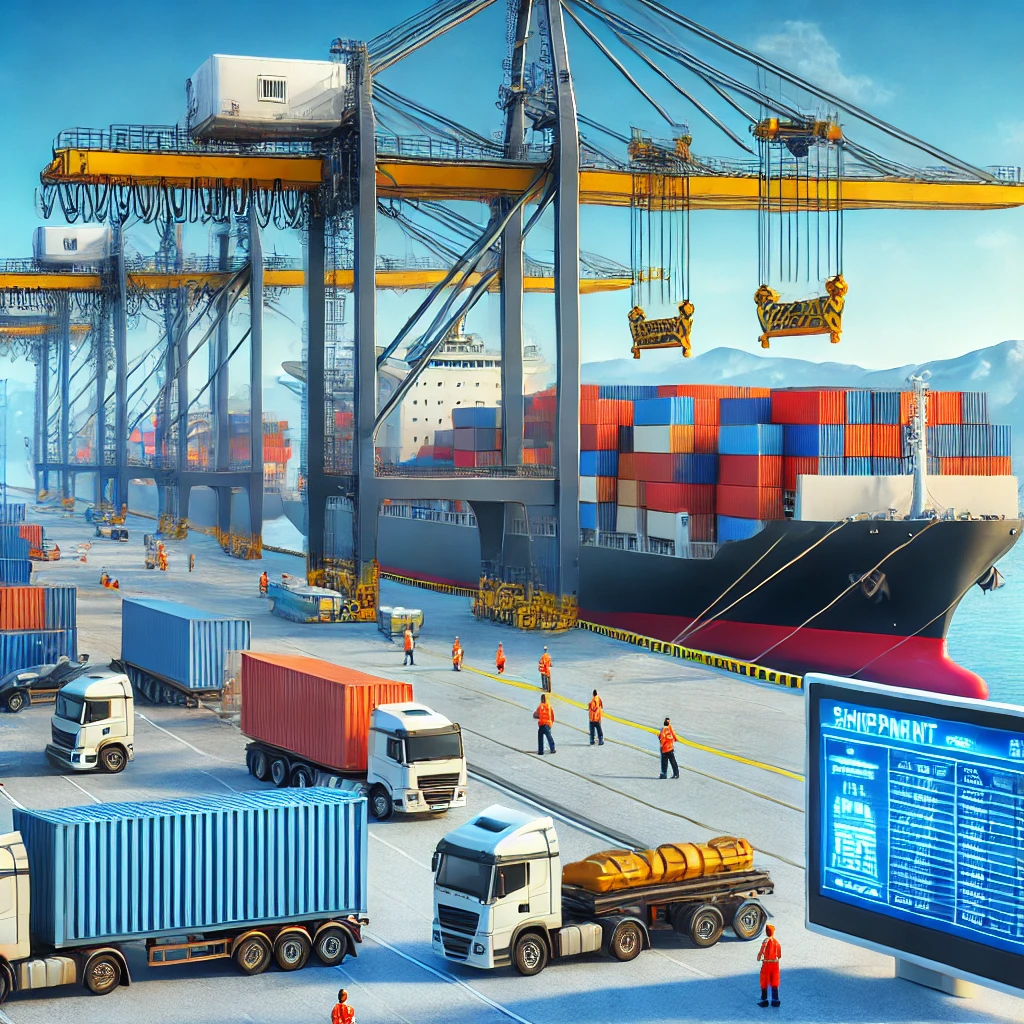What Is Sea Freight and Why Does It Matter?

What Is Sea Freight?
Sea freight, also known as ocean freight, refers to the transportation of goods by cargo ships across oceans and seas. It is a preferred shipping method for bulk shipments, heavy goods, and international trade due to its affordability and capacity compared to air freight and road transport.
Key Features of Sea Freight
- Cost-Effective for Bulk Shipments:
- Sea freight is the most economical mode of transport for large quantities of goods.
- Shipping costs per unit are lower compared to air freight.
- High Cargo Capacity:
- Ships can accommodate massive volumes of cargo, including containers, raw materials, and oversized items.
- Flexible Shipping Options:
- Sea freight includes different types of shipping, such as Full Container Load (FCL) and Less than Container Load (LCL), depending on cargo volume.
- Global Connectivity:
- Major shipping routes connect nearly every country, making sea freight the backbone of international trade.
- Environmentally Friendly:
- Compared to air freight, has a lower carbon footprint per ton of cargo transported.
Types of Sea Freight
- Full Container Load (FCL):
- Suitable for businesses shipping large quantities of goods that fill an entire container.
- Offers exclusive use of a 20-foot or 40-foot container.
- Less than Container Load (LCL):
- Ideal for smaller shipments that do not require a full container.
- Multiple shipments from different shippers are consolidated into one container.
- Roll-on/Roll-off (RoRo) Shipping:
- Used for vehicles, machinery, and wheeled cargo that can be driven onto and off the vessel.
- Breakbulk Shipping:
- For oversized cargo that cannot fit into containers, such as industrial equipment or large construction materials.
- Refrigerated (Reefer) Containers:
- Used for perishable goods such as food, pharmaceuticals, and flowers.
- Maintains a controlled temperature during transit.
Practical Uses of Sea Freight
- International Trade:
- Used for transporting goods between countries and continents.
- Supports industries such as manufacturing, retail, and automotive supply chains.
- E-commerce and Retail:
- Online retailers import goods in bulk to reduce costs and increase profit margins.
- Agriculture and Food Supply:
- Farmers and food exporters use refrigerated containers to ship fresh produce globally.
- Construction and Heavy Equipment:
- Large machinery and raw materials are transported via breakbulk or RoRo shipping.

Importance of Sea Freight for Businesses
- Cost Savings:
- Lower transportation costs make sea freight ideal for businesses looking to optimize their supply chain expenses.
- Scalability:
- Businesses can scale their operations by shipping larger quantities with FCL and LCL options.
- Reliable for Large-Scale Logistics:
- Stable schedules and established trade routes ensure consistent supply chain operations.
- Customs and Regulatory Compliance:
- Businesses must comply with international trade laws, customs regulations, and documentation requirements such as Bills of Lading and Incoterms.
Challenges in Sea Freight
- Longer Transit Times:
- Compared to air freight, sea shipping takes weeks instead of days, requiring advanced planning.
- Port Congestion and Delays:
- High demand, labor strikes, or adverse weather conditions can cause shipment delays.
- Customs Clearance Complexity:
- Businesses must ensure accurate documentation to avoid customs holds or penalties.

Best Practices for Efficient Sea Freight Shipping
- Plan Shipments in Advance:
- Book cargo space early to secure the best shipping rates and avoid peak season delays.
- Work with a Reliable Freight Forwarder:
- Professional freight forwarders help businesses navigate customs regulations and streamline logistics.
- Optimize Packaging and Container Usage:
- Maximize container space with efficient packing methods to reduce costs.
- Use Digital Tracking Tools:
- Many shipping companies offer tracking systems to monitor shipment status in real time.
Conclusion
Sea freight is an essential component of international trade, providing cost-effective and reliable transportation for businesses worldwide. By understanding its key features, types, and best practices, companies can leverage to optimize their supply chains and maintain a competitive edge in the global market. Whether shipping full containers, small consignments, or oversized cargo, sea freight remains the go-to solution for efficient and scalable logistics.
